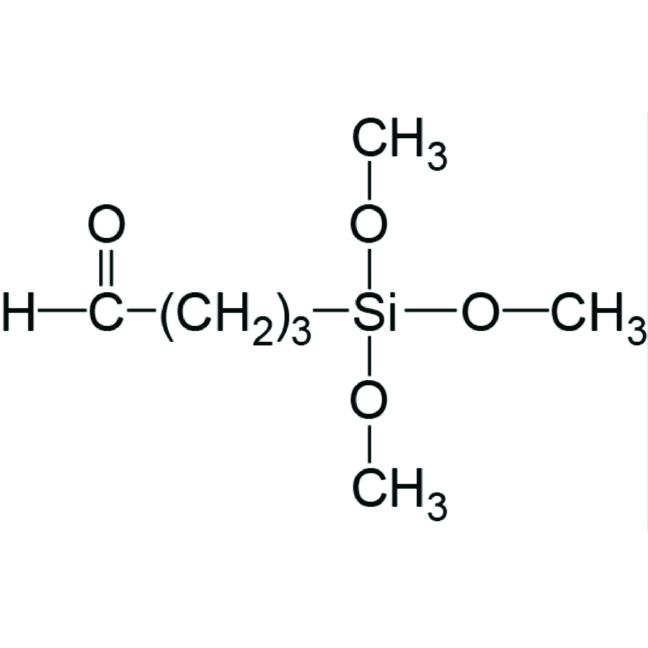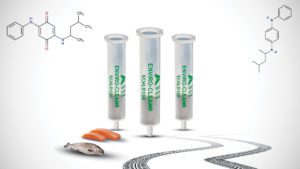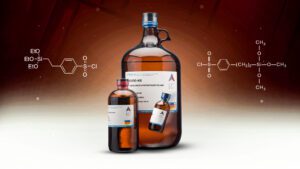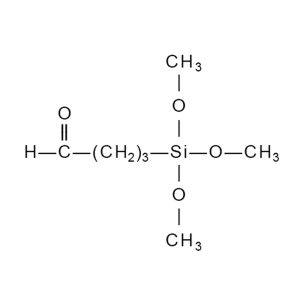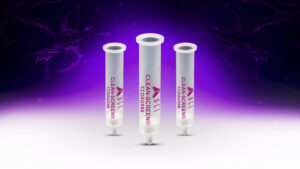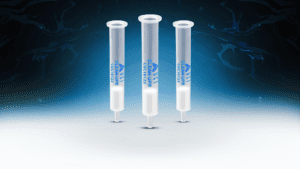Silane Coupling Agent Modifies the Mechanical Properties of a Chitosan Microfiber
Microfiber materials have been widely used for many applications, in the medical field, such as in sutures. Chitosan fibers, along with chitin fibers, are candidates for similar biofibers due to stronger inherent mechanical properties, however the current synthesis of these fibers, which uses epoxy-based crosslinkers, leads to interruption of the crystalline character of the chitosan, which decreases the mechanical strength, and lower biocompatibility combined with increased cytotoxicity of these fibers. A recent study from the Kyushu Institute of Technology in Japan, utilized United Chemical Technology’s (Trimethoxysilyl)Butyl Aldehyde (UCT PART# PSX1050; Bio-Conext® Biomolecular attachment) as the crosslinking agent in hopes that the resulting fibers are stronger yet non-toxic. By using the Bio-Conext® crosslinker, they found that the crystallinity did not change leading to effectively increased tensile strength and stiffness of these fibers, all while still being able to lower the amount of crosslinker used such that the crosslinked ratio was 20%, as opposed to ca. 80% when using epoxy-based crosslinkers. Soon, these fibers will undergo biological studies to determine if they can be used for any medical applications.
Citation:
Shirosaki, Y.; Okabayashi, T.; Yasutomi, S., Silane Coupling Agent Modifies the Mechanical Properties of a Chitosan Microfiber, Molecules, 2020, 25, 5292.

